Our Journals
touchREVIEWS in Neurology is an international, peer-reviewed, free-to-access, bi-annual journal specializing in the publication of balanced and comprehensive review articles written by leading authorities to address the most important and salient developments in the field of neurology. The aim of these reviews is to break down the high science from ‘data-rich’ primary papers and provide practical advice and opinion. To further encourage discussion and learning, original research articles are welcomed across the clinical landscape, including observational, real-world and health outcomes studies. Editorials, case reports, commentaries and practice pearl articles are also featured.
The journal is of interest to clinicians, healthcare professionals and researchers as it provides practical advice relevant to the everyday clinical setting regarding the diagnosis and treatment of neurological conditions. touchREVIEWS in Neurology endeavours to support these professionals in continuously developing their knowledge, effectiveness and productivity.
Electronic ISSN: 2752-5465 DOI: doi.org/10.17925
Editors-in-Chief: Said R Beydoun and Cris S Constantinescu
Established: January 2006 Frequency: Annual
Title History: Formerly US Neurology (2006-2019) Print ISSN: 1758-4000 Electronic ISSN: 1758-4019
Abstracting and Indexing: touchREVIEWS in Neurology is abstracted, indexed and listed in SCOPUS, ICI Journals Master List, EMBASE, EBSCO, and Google Scholar.
Explore our Latest Articles
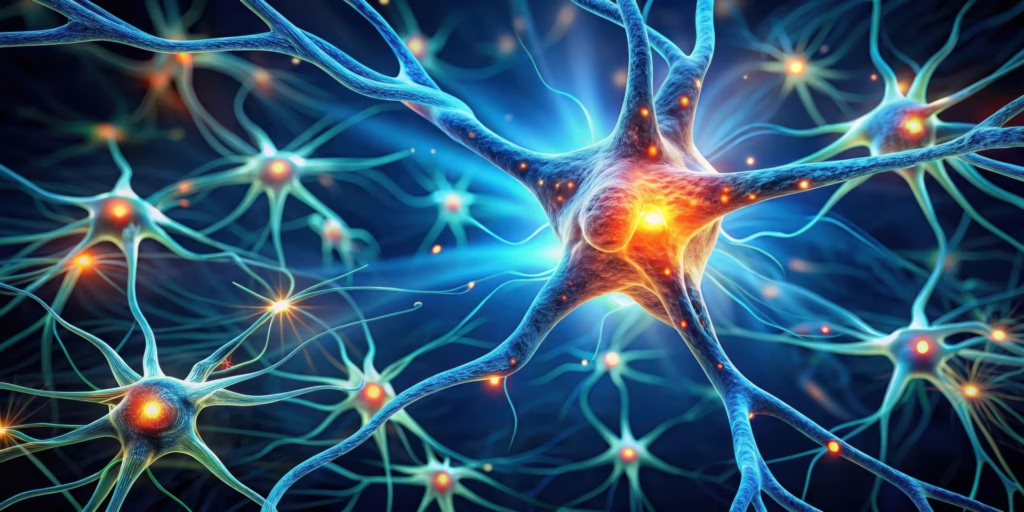
Amyotrophic lateral sclerosis (ALS) is a neurodegenerative disorder of upper and lower motor neurons that results in progressive motor impairment. ALS is the most common disease of motor neurons with an annual incidence of approximately 1.7–2.5 per 100,000 people. It is a ...
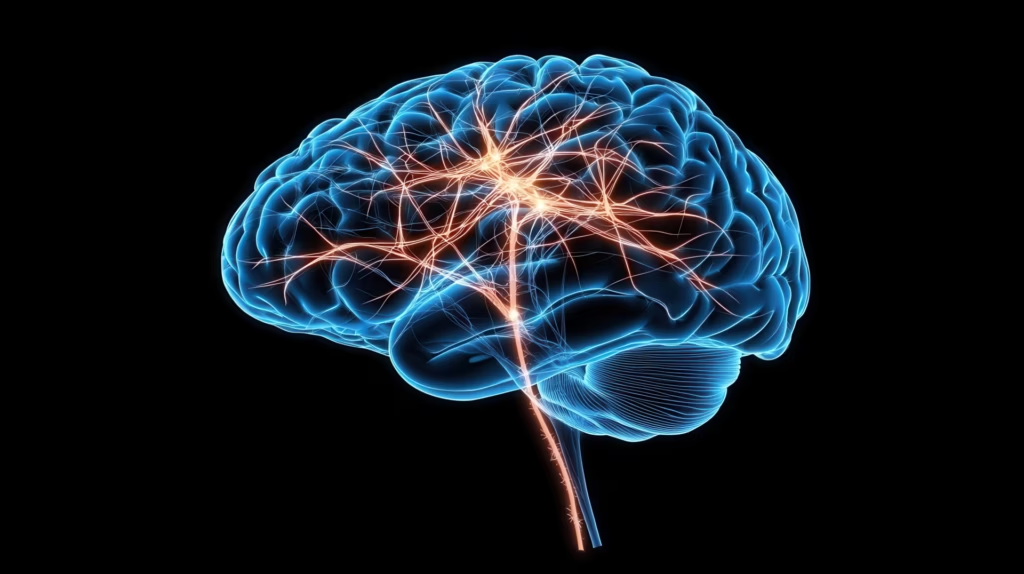
Amyotrophic lateral sclerosis (ALS) is characterized by the degeneration of both upper and lower motor neurons, which ultimately leads to muscle weakness, atrophy, spasticity and contractures.1 ALS typically manifests in the 50–60 years age range, although familial cases may present in ...
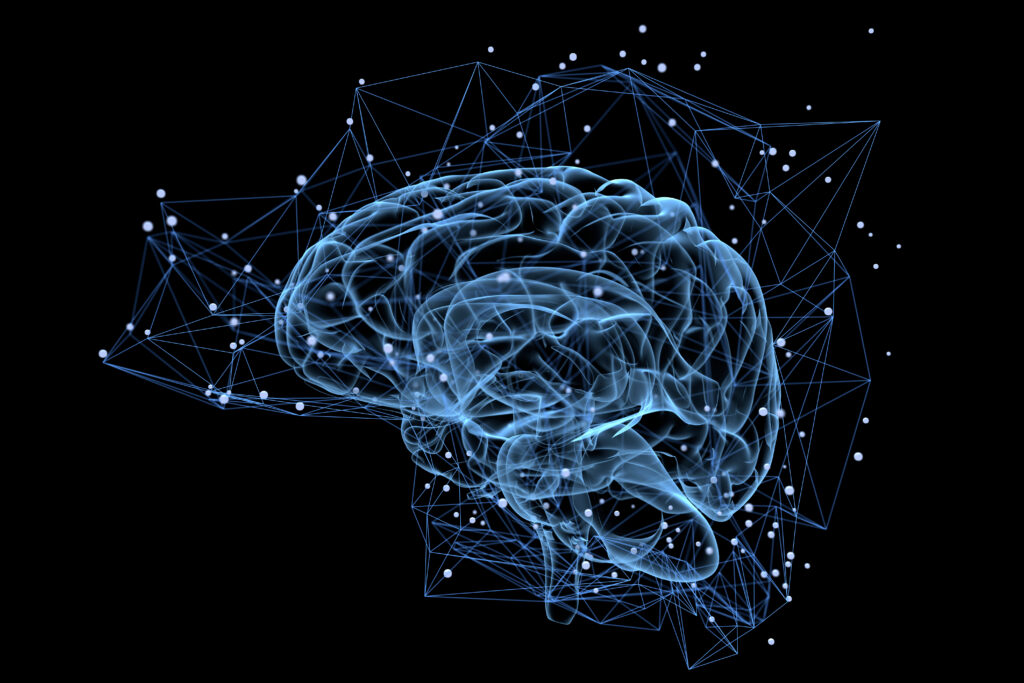
The prevalence of unruptured intracranial aneurysms (IAs) is approximately 3% of the population, with incidence on the rise due to the increased utilization of neuro-imaging for diverse objectives.1,2 The average risk of rupture for unruptured IA is estimated to vary from 0.3% ...

Seizures are one of the most frequent neurological disorders in neonates − the incidence of seizures in infants born at term is 1–3 per 1,000 live births, and is even higher in both preterm and very-low-birth-weight infants at 1–13 per 1,000 live births.1 Seizures may ...
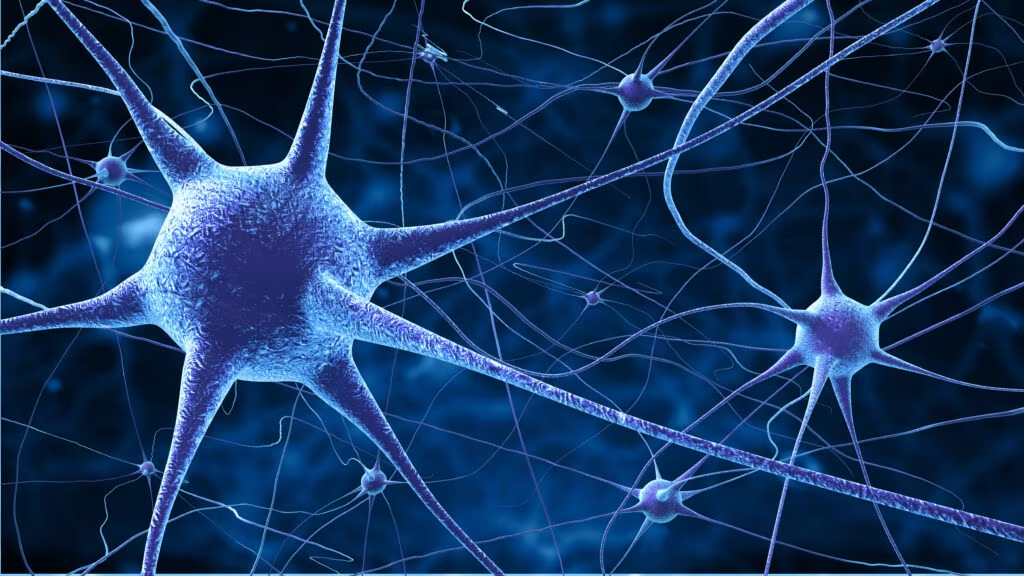
Chronic inflammatory demyelinating polyradiculoneuropathy (CIDP) is a rare, autoimmune neurological disorder in which peripheral nerve demyelination typically results in weakness, impaired limb sensation, fatigue and pain.1–4 CIDP may adversely affect activities of daily living, with a substantial impact on functional ...
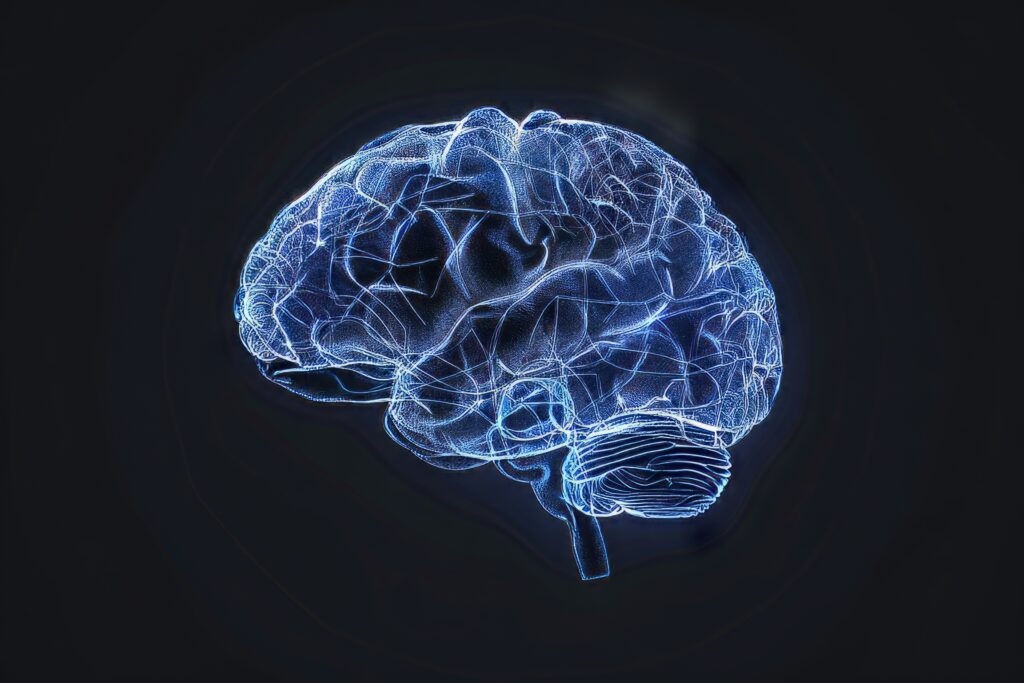
Huntington’s disease (HD) is a neurodegenerative disease inherited in an autosomal dominant manner. It is caused by an expansion of cytosine, adenine, guanine (CAG) repeats within the huntingtin (HTT) gene, which is located on chromosome 4. This pathological expansion of ...

Welcome to this issue of touchREVIEWS in Neurology, where we explore significant advances in neurology, cognitive health, and wearable technology in the management of various chronic conditions. This issue brings together a collection of expert perspectives and research that spans ...
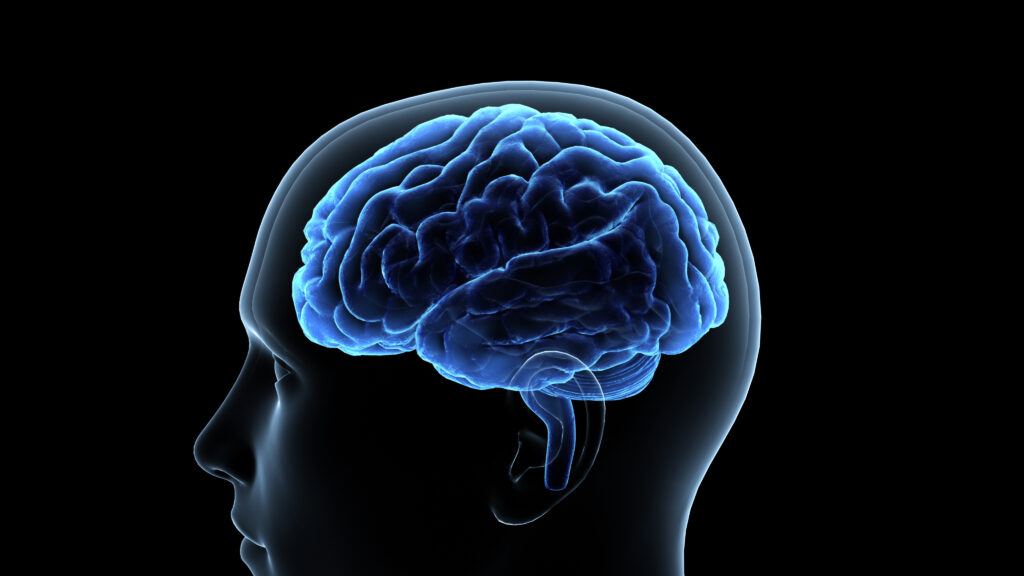
Cognitive impairment is the hallmark symptom of Alzheimer’s disease (AD); however, neuropsychiatric symptoms (NPS), including psychosis, agitation and mood disturbances, are common not only in AD but also in Parkinson’s disease, dementia with Lewy bodies, frontotemporal dementia and ...
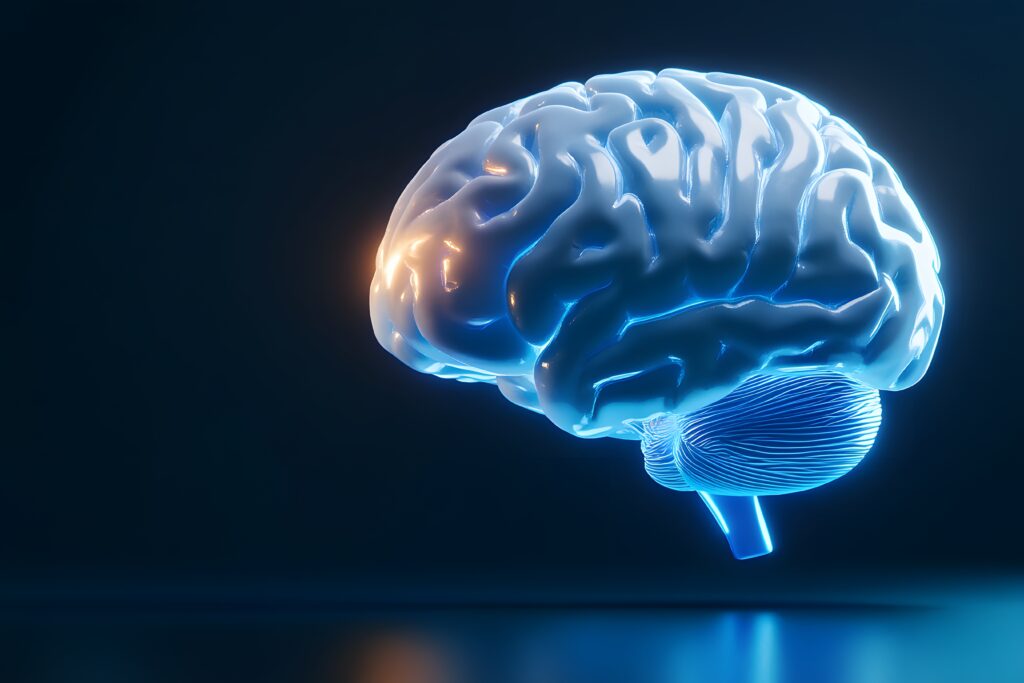
Diabetic striatopathy (DS) is a rare hyperglycaemic condition associated with one or both of the following criteria: (1) acute-onset chorea–ballism (random, flowing and nonsuppressible involuntary movements) and (2) striatal hyperdensity on computed tomography (CT) scan or T1-weighted magnetic resonance imaging (...

Article highlights Multiple screening tests are available to screen patients for cognitive impairment, and the Confusion Assessment Method is a helpful test to screen for delirium in the immediate postoperative period. Medicine reconciliation and identification and removal of potentially inappropriate ...

Parkinson’s disease (PD) is a complex neurodegenerative condition that predominantly affects older people, with a rising prevalence worldwide.1,2 There are many on-going challenges and unmet needs in PD: difficulties in making an accurate diagnosis (particularly in the early stages ...
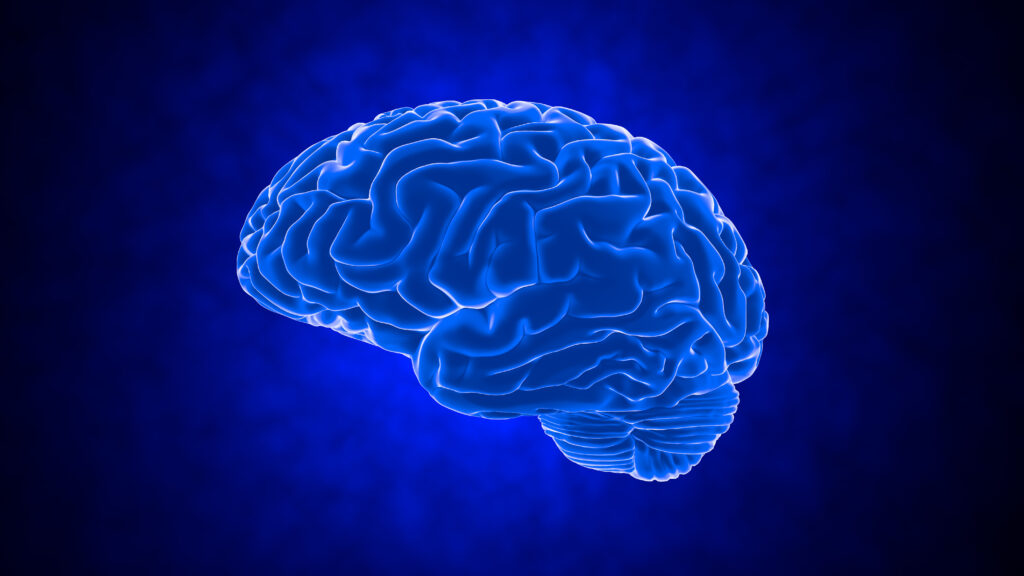
What is the Stroke Action Plan for Europe? Stroke is one of the most enormous burdens to healthcare services.1 Despite our combined efforts, it affects more than one million people annually in Europe. Although we have abundant knowledge regarding stroke ...

Welcome to the latest edition of touchREVIEWS in Neurology. We are excited to present a collection of articles that showcase the latest advancements and diverse perspectives in neurological research and treatment. This issue features insightful reviews and editorials from esteemed ...
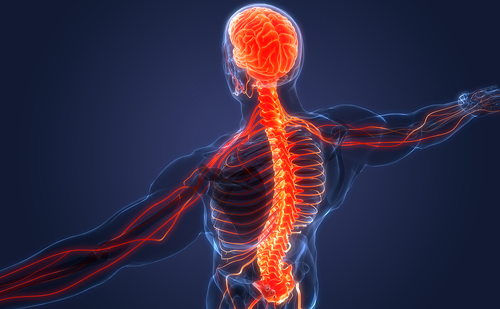
Neuromyelitis optica spectrum disorders (NMOSD) are a group of relapsing autoimmune diseases of the central nervous system. The clinical hallmarks of NMOSD are myelitis and optic neuritis; however, a wider clinical spectrum has been recognized.1 The majority of patients with ...
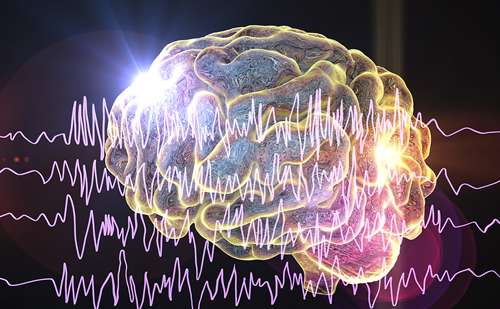
Affecting over 70 million patients worldwide, epilepsy is a chronic neurological disorder characterized by intermittent bursts of hyper-synchronous neuronal discharges.1 The manifestations are variable but reflective of the unique milieu and biology of epileptogenic foci.2 Pharmacological treatment with antiepileptic drugs (AEDs) ...
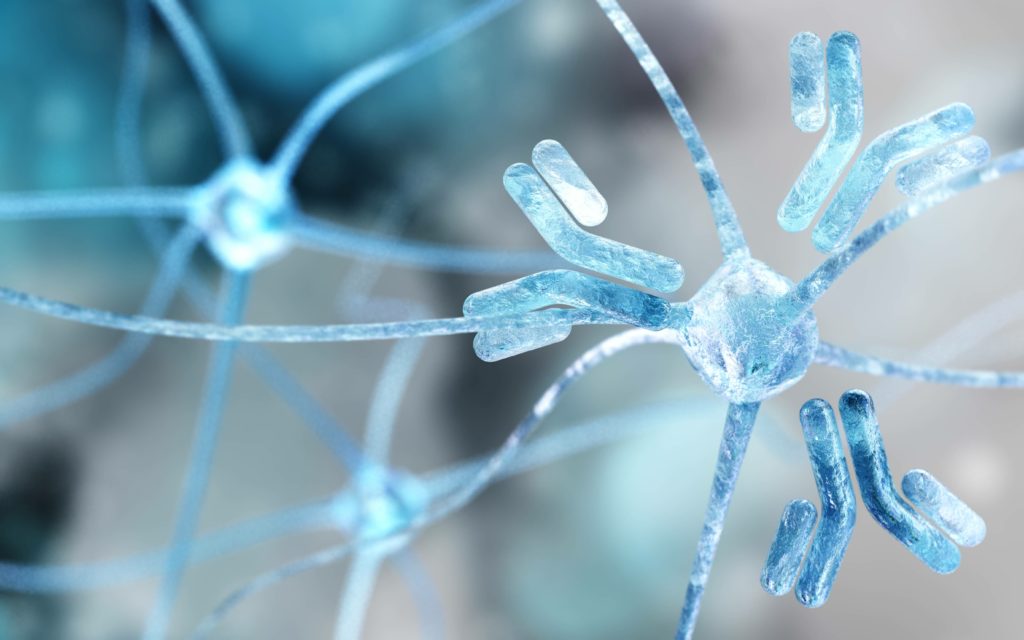
Rescue medications are an important part of the treatment regimen for patients with intractable epilepsy, specifically those who experience seizure clusters or prolonged seizure episodes. Rescue medications are prescribed to end seizure activity quickly and effectively in order to prevent ...
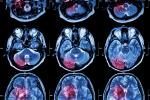
Parkinson’s disease (PD) is characterized by prodromal and clinical stages; the clinical phase is characterized by a constellation of motor and non-motor symptoms (NMS).1 Despite the extensive discussions and publications of the clinical heterogeneity of PD,2 the precise heterogeneous ...
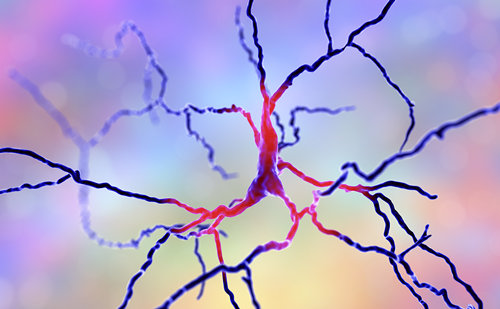
Neuromyelitis optica spectrum disorder (NMOSD) is a rare inflammatory autoimmune disease of the central nervous system (CNS) with a worldwide distribution.1 The first clinical description of NMOSD was made a century ago by Devic and Gault, who documented patients with ...

 touchNEUROLOGY
touchNEUROLOGY
Register Now!
Explore the latest in medical education and stay current in your field. Create a free account to track your learning.
- Save your progress for video
- Keep track of your CME credits
- Add personalised learning notes
- Receive updates from course leaders and faculty
- Be the first to hear about new and exciting interactive learning opportunities
Latest articles videos and clinical updates - straight to your inbox
Log into your Touch Account
Earn and track your CME credits on the go, save articles for later, and follow the latest congress coverage.
Register now for FREE Access
Register for free to hear about the latest expert-led education, peer-reviewed articles, conference highlights, and innovative CME activities.
Sign up with an Email
Or use a Social Account.
This Functionality is for
Members Only
Explore the latest in medical education and stay current in your field. Create a free account to track your learning.
